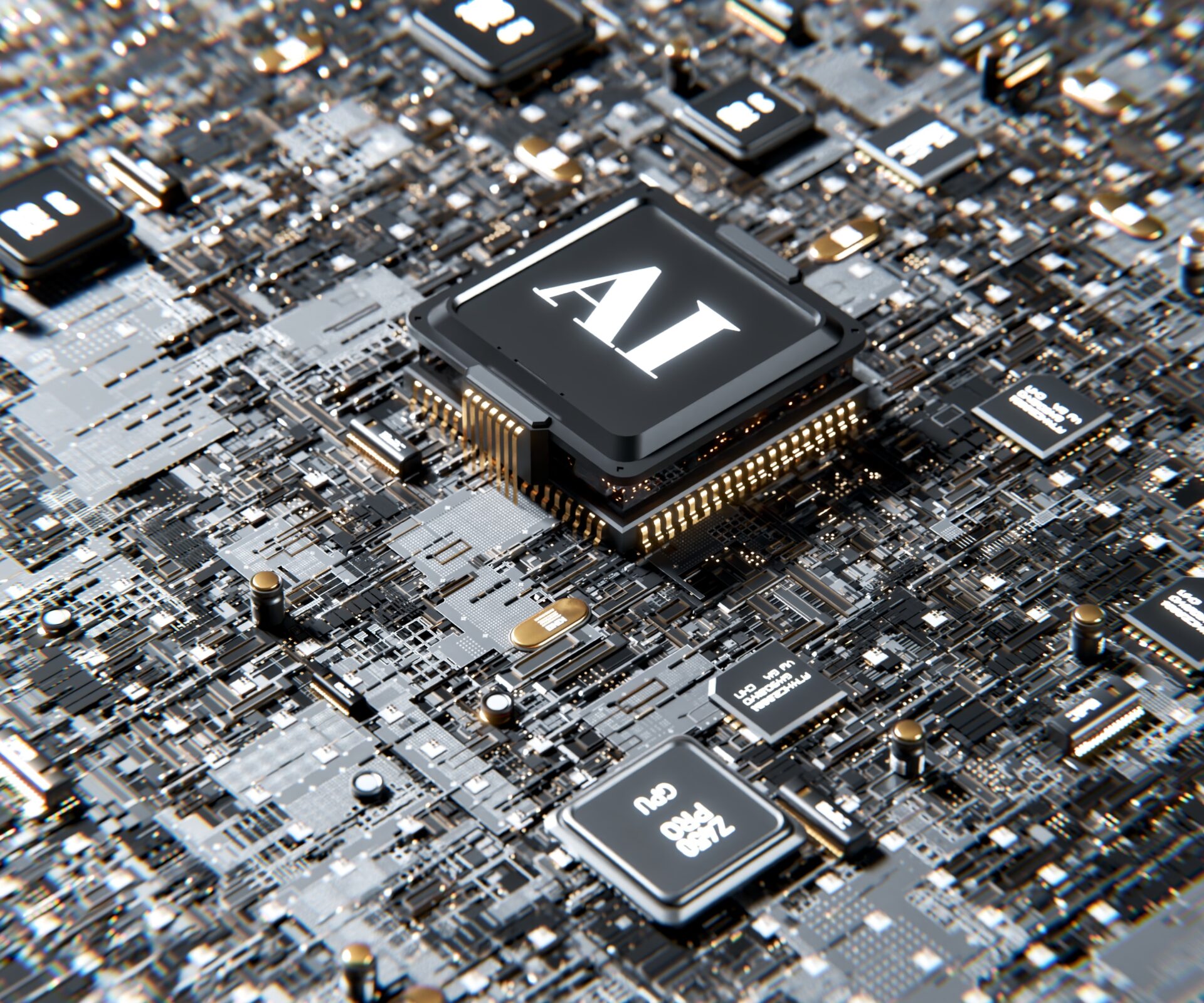The story of artificial intelligence (AI) is one of ambition, creativity, setbacks, and breakthroughs. It has captivated scientists, writers, and dreamers alike for over half a century. But, when did this incredible story begin, and what are the pivotal moments that define AI’s history? In this post, we’ll explore the timeline of AI’s development and share expert insights into its evolutionary trajectory.
The Genesis of AI: From Dreams to Reality
The roots of AI can be traced back to mythology, with legends of mechanical men and thinking statues. However, it wasn’t until the mid-20th century that these fantasies edged closer to reality. In 1950, the great mathematician Alan Turing published his groundbreaking paper “Computing Machinery and Intelligence,” proposing the radical idea that machines could simulate human intelligence. This was the seed from which modern AI would sprout.
“As soon as it works, no one calls it AI anymore.” – Dr. John McCarthy, Father of AI
Dartmouth Conference: Birth of a Field
In 1956, a handful of researchers gathered at Dartmouth College to ponder the possibilities of machines that could think. Here, the term “Artificial Intelligence” was coined, marking the official launch of the AI field. It was an ambitious project – to find out how to make machines use language, form abstractions and concepts, solve kinds of problems now reserved for humans, and improve themselves.
Expanding Horizons: Early AI Programs
AI’s journey through the decades has been marked by waves of optimism, skepticism, and awe. The early enthusiasm saw Joseph Weizenbaum’s ELIZA (1965) mimic the language of a Rogerian therapist, capable of engaging users in a conversation. It provided a fascinating glimpse into the potential of AI in understanding human language.
The Rise of Autonomous Machines
The ’70s breathed life into robots with WABOT-1 (1972), a humanoid robot capable of rudimentary interactions with its environment. Although primitive, it was a giant leap towards the multifunctional robots of today.
“AI will become so pervasive and ubiquitous that people will no longer consider it AI.” – Marvin Minsky, Co-founder of MIT’s Media Lab
The Age of Mastery: AI Defeats a World Champion
Perhaps one of the most public demonstrations of AI’s capabilities came in 1997 when IBM’s Deep Blue defeated the reigning world chess champion, Garry Kasparov, suggesting that AI could not only mimic but also exceed human cognitive abilities.
AI Goes Mainstream: Enter Watson and AlphaGo
The 21st century saw AI systems like IBM’s Watson win Jeopardy in 2011 and DeepMind’s AlphaGo defeat a world champion Go player in 2016. These events showed that AI had moved beyond set patterns of games like chess to tackle the complexity and intuition required for Go.
“If our era is the next Industrial Revolution, as many claim, AI is surely one of its driving forces.” – Fei-Fei Li, Co-Director of Stanford University’s Human-Centered AI Institute
A Timeline of AI’s Key Milestones
- 1950 – Alan Turing’s “Computing Machinery and Intelligence”
- 1956 – The Dartmouth Conference and the birth of AI
- 1965 – ELIZA, an early natural language processing computer program
- 1972 – WABOT-1, the first mobile robot
- 1997 – IBM’s Deep Blue chess victory
- 2011 – IBM’s Watson wins Jeopardy
- 2014 – Google’s DeepMind neural network learns how to play video games
- 2016 – Google’s AlphaGo defeats world Go champion
The Ongoing Journey of AI Development
The evolution of AI is a tale of innovation guided by the pioneering work of countless individuals. Dr. McCarthy’s observation that successful AI becomes unremarkable reveals its seamless integration into our lives. Marvin Minsky’s prediction of AI’s ubiquity and Fei-Fei Li’s call for human-centered AI reflect the ongoing transition and expansion of AI’s role in society.
AI’s past is a mosaic of challenges and successes, and its future is unfolding before us, teeming with potential for profound transformations across diverse domains. The quest that began with early programming efforts has now reached a stage where AI is shaping nearly every part of our daily existence.
